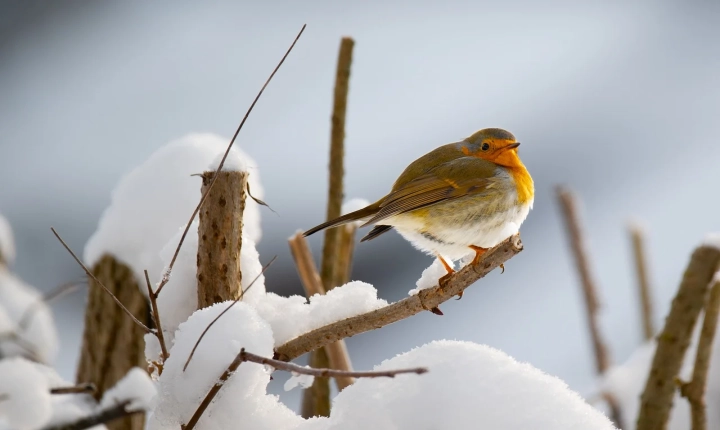Can AI Artwork be Copyrighted?
Artificial Intelligence has revolutionized the way we create and interact with art. AI-generated artwork has become increasingly popular, raising questions about ownership and copyright. Can AI-generated artwork be copyrighted?
The issue of copyrighting AI-generated artwork is a complex one, as it involves the intersection of machine-generated content and human creativity. Copyright law typically applies to original works of authorship fixed in a tangible medium of expression, such as a painting, sculpture, or literary work. However, AI-created works do not fit neatly into this traditional definition.
One of the key challenges in copyrighting AI-generated artwork is determining the degree of human input involved in the creative process. While AI algorithms can produce stunning and original pieces of artwork, many argue that they lack the human element of creativity and expression. On the other hand, proponents of copyrighting AI-generated artwork argue that the process of training and developing the AI system involves significant human input, thereby making the resulting artwork eligible for copyright protection.
In the legal landscape, there is currently no clear consensus on the copyrightability of AI-generated artwork. In some jurisdictions, including the United States, copyright law requires a human author to create a work, which presents challenges for AI-generated content. However, some countries, such as the United Kingdom, have recognized AI as potential authors of copyrightable works under certain circumstances.
In 2018, a controversial case arose when a portrait created by an AI algorithm called “Edmond de Belamy” was sold at auction at Christie’s for hundreds of thousands of dollars. The question of whether the artwork was eligible for copyright protection sparked heated debates within the art and legal communities.
The debate on the copyrightability of AI-generated artwork has also led to various proposals for legal reforms. Some experts advocate for creating a new legal framework specifically tailored to AI-generated content. This framework would address issues such as ownership, duration of copyright protection, and the legal responsibilities of AI “creators.” Others argue for amending existing copyright laws to accommodate AI-generated works while ensuring that human creators are appropriately recognized and compensated.
As technology continues to advance, the legal and ethical implications of AI-generated artwork will only become more complex. Striking a balance between protecting the rights of creators, whether human or AI, and fostering innovation and creativity will be essential in shaping the future of copyright law.
In conclusion, the question of whether AI-generated artwork can be copyrighted is currently a topic of heated debate and legal ambiguity. As AI technology continues to evolve, policymakers and legal experts will need to grapple with these complex issues to ensure that copyright law remains relevant and effective in the digital age.
